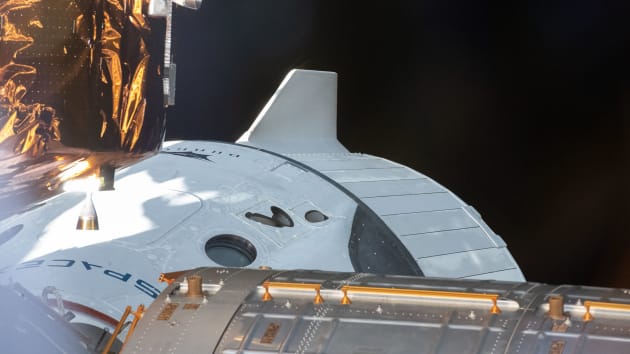The joint SpaceX-NASA historic mission which brought human spaceflight back to U.S. soil after nearly a decade is set to return from Earth orbit on August 1, 2020, per NASA Administrator Jim Bridenstine’s announcement Friday afternoon. Capsule splashdown is scheduled for August 2nd.
The mission’s return will mark a long-duration stay in space of just over two months for American astronauts Bob Behnken and Doug Hurley. After launching aboard a Falcon 9 rocket on May 30th, the crew arrived at the International Space Station (ISS) several hours later and docked their Dragon Endeavour capsule to the orbiting habitat.
The mission will represent a huge success for NASA’s Commercial Crew Program (CCP) which provided funding and guided the developments involving the Dragon capsule. NASA is further expected to certify the craft to regularly carry humans to and from the ISS.
NEWS: We're targeting an Aug. 1 departure of @SpaceX's Dragon Endeavour spacecraft from the @Space_Station to bring @AstroBehnken and @Astro_Doug home after their historic #LaunchAmerica mission. Splashdown is targeted for Aug. 2. Weather will drive the actual date. Stay tuned. pic.twitter.com/VOCV51gzLi
— Jim Bridenstine (@JimBridenstine) July 17, 2020
A test run for the Dragon splashdown took place earlier this year with SpaceX’s DM-1 mission (the crewed version being named DM-2), and the company’s hardware performed perfectly, even garnering praise from NASA CCP Deputy Manager Steve Stich. “[It] did better than expected,” he confirmed.
Benji Reed, SpaceX’s Director of Crew Mission Management, was equally pleased with the Dragon capsule’s performance during the DM-1 return. “I can’t believe how well the whole mission has gone,” he remarked following the mission’s completion. Unfortunately, the original DM-1 capsule was lost in an explosion during a static fire test; however, the source of the failure has since been corrected.
Viewers of the upcoming splashdown can expect a similar course of events as Dragon Endeavour returns: Re-entry of the capsule into Earth’s atmosphere, drogue parachute deploy, main parachute deploy, and splashdown. Notably, SpaceX’s specialized Mark 3 parachute system will be on display for the first time in a non-test scenario, designed to be the safest and most reliable parachute systems ever made. The astronaut return event will most likely be live streamed on NASA’s and SpaceX’s websites in usual mission-milestone fashion.
While SpaceX’s first crewed mission has yet to come to full completion, plans are already in the works for a second manned launch. Known as Crew-1, this flight will have three NASA astronauts and one Japanese astronaut travel again to the ISS via Crew Dragon capsule. Administrator Bridenstine has previously suggested the mission could be launched as early as August 30, 2020.
Behnken and Hurley’s work on DM-1 is meant to put SpaceX’s capsule through its ‘paces’ to ensure readiness for Crew-1 and future missions to get some serious science and ISS repair work done in orbit. Thus far, Dragon’s systems look to be performing nominally, aside from a few mild issues, with the astronauts even assisting with spacewalks in the meantime.





























